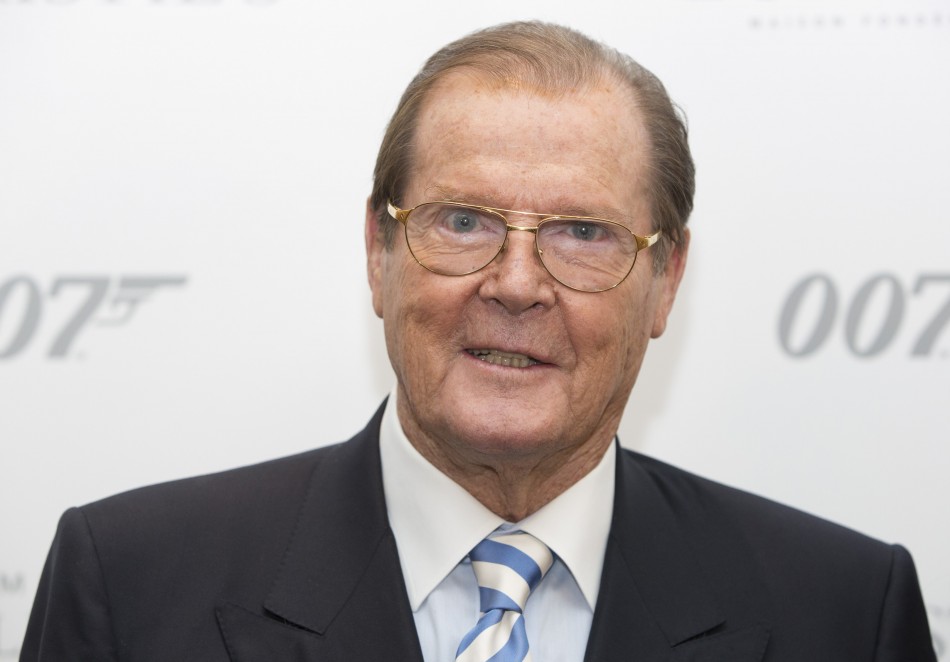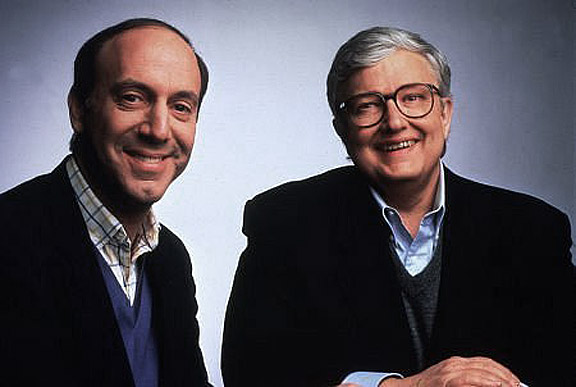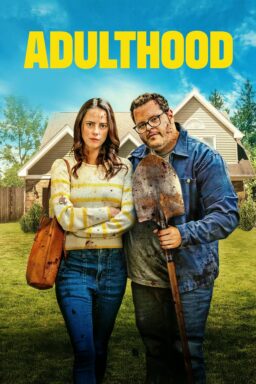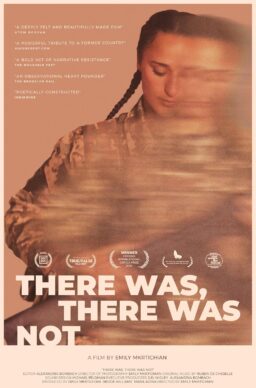Roger Moore, the third man to take on the role of British secret agent James Bond and the second to face the unenviable role of replacing Sean Connery, passed away in Switzerland at the age of 89 following a short bout with cancer, according to a statement from his family. Although his Bond films will be the things that he is most remembered for professionally, he had a long and varied career in both film and television that included a number of strong performances that would give lie to the standard rap that he was a lightweight actor, a notion that he himself would sometimes promote with self-deprecating humor.
He was born on October 14, 1927 in Stockwell, London and was later evacuated to Devon during World War II. He spent two terms at the Royal Academy of Dramatic Art, where one of his classmates was future Bond co-star Lois Maxwell, who played Miss Moneypenny. He left after six months in order to find work as a paid actor and appeared as an extra in “Caesar and Cleopatra” (1945), starring his idol, Stewart Granger. The next year, he was commissioned into the Royal Army Service Corps as a second lieutenant and eventually stationed in West Germany as a captain, where he was assigned to look after armed forces entertainers passing through Hamburg.
After leaving the service, Moore made his first television appearance in a small role in a live production of “The Governess” (1949) and later found work as a male model in ads promoting everything from knitwear to toothpaste. In 1954, he appeared in “The Last Time I Saw Paris” and then signed a seven-year-contract with MGM where he made a trio of films—“Interrupted Melody” (1955), “The King’s Thief” (1955) and “Diane” (1956)—that he himself described as being “no bloody good.” After the contract was cancelled after only two years, Moore appeared in roles in various television shows and signed a contract with Warner Brothers, for whom he played the lead role in the film “The Miracle” (1959).
It would be television where he would find his first real success. He landed the lead role in a series loosely based on Sir Walter Scott’s “Ivanhoe” (1958) that lasted for one season and the next year played the lead role of Silky Harris in the western “The Alaskans” (1959), which also lasted a single season. He landed a high profile gig in 1960 when he was cast as Beau Maverick in the fourth season of the popular western “Maverick” to fill in for James Garner, who had left the show at the end of the previous season. Moore himself would leave the show at the end of that season, citing the diminishing quality of the scripts.
International fame finally arrived in 1962 when he was cast as Simon Templar in “The Saint,” based on the popular mystery spy thrillers written by Leslie Charteris in the 1920s. The program involved Moore playing a sort-of Robin Hood type who stole from criminals (though he tended to keep the proceeds for himself) while constantly being pursued by Chief Inspector Teal (Ivor Dean). Supposedly Moore had wanted to buy the rights to the character himself so that he could play it and while he was unable to pull that off, his instincts were correct as his suave and quip-heavy style proved to be a perfect fit for the part. Produced in Britain in the hopes of breaking through into the American market, the show wound up being a hit around the world, running for six seasons and 118 episodes, putting it in a tie with “The Avengers” as the longest-running show of its type in British television. In the later years of the show, Moore would direct several episodes as well.

When “The Saint” left the air in 1969, he went back into film with the lead role in “Crossplot” (1969), a largely forgettable caper film in which he played a talent scout for a modeling agency who stumbles upon a plot to assassinate a visiting head of state in Hyde Park. His second film, “The Man Who Haunted Himself” (1970), was not a hit either but did not deserve that fate. A psychological thriller based on the novel The Strange Case of Mr. Pelham, the film stars Moore as a boring and uptight city worker who has a serious car accident and is clinically dead for a moment, after which a monitor seems to read two heartbeats. After recovering, strange things begin to happen to him—people start telling him that he has said and done things (including having an affair) that he has no memory of and has been seen in places where he has never been. In particular, he seems to have come out in favor of a corporate merger that he previously opposed and he is convinced that he is being followed by a mysterious silver Lamborghini. Eventually, he has to consider one of two possibilities—either he has somehow developed a double who is the exact opposite of him in every way or he is gone insane and developed a split personality. The movie as whole is pretty good, even if you can pretty much figure out where it is going early on, but Moore is absolutely fantastic in the role of a man who sees his entire world collapsing before his eyes and struggles to understand why. Anyone who dismisses Moore as a mediocre actor should watch this film and see what he was capable of when given material that provided him with a challenged. I know that most people will use his passing as an excuse to re-watch the Bond films again, but if they can get their hands on this one, they should definitely make time for it as it is ripe for rediscovery.
Following those two films, Moore went back to television when he was paid a million pounds—then the highest salary for a TV actor in the world—to costar with Tony Curtis in “The Persuaders” (1971), in which the two played millionaire playboys who have a series of misadventures in Europe. Alas, Moore and Curtis apparently failed to hit it off and the show was a flop in America, though it did well in Europe and Australia. However, it was the failure of that show, which lasted only a year, that made him available for the role of which he would be forever remembered. He had been one of the actors considered to take over the role of James Bond when Sean Connery announced that he was leaving the series following “You Only Live Twice” (1967) but lost out to George Lazenby, who played the part only once in “On Her Majesty’s Secret Service” (1969). When Lazenby refused to return to the role, Connery was lured back into the fold for “Diamonds are Forever” (1971) and then left once again. In August 1972, he was formally hired to play Bond in “Live and Let Die” (1973) and would make six more Bond films over the next twelve years—“The Man with the Golden Gun” (1975, “The Spy Who Loved Me” (1977), “Moonraker” (1979), “For Your Eyes Only” (1981), “Octopussy” (1983) and “A View to a Kill” (1985)—giving him the most appearances as 007 to date.

Throughout his tenure as Bond, Moore was frequently compared to Sean Connery and rarely if ever came out the winner as connoisseurs of the series preferred the grittier version embodied by Connery to Moore’s lighter take on the role. Hell, I would say that too but that would unfairly dismiss Moore’s genuine contributions to the series. His suave and debonair version of Bond, always armed with a fancy gadget or wry quip for every occasion and almost frighteningly at ease in a tuxedo, proved to be a good fit with the bigger and at times goofier tone that the series as a whole took in the Seventies and Eighties. True, some of his Bond films were among the lowest points of the series—the weakest being the absurdly overblown “Moonraker” and “A View to a Kill,” which couldn’t even come to life with the villain roles filled by Christopher Walken and Grace Jones—but Moore himself acquitted himself nicely even in those lesser efforts. Additionally, when the story called for it, he could shed the playboy persona and do something deeper—there is a nice moment in the aforementioned “Moonraker,” which I stress is one of the dumbest movies ever made, when he is trapped in a sabotaged zero-G simulator and when he finally makes it out of the machine, he comes across as being genuinely shaken and in no mood to offer up some kind of silly bon mot. The Bond films that he made may not have received the critical respect of the Connery ones but they were enormously successful with the public. I would go so far as to put two of them—the cheerfully glitzy spectacle “The Spy Who Loved Me” and the back-to-basics “For Your Eyes Only”—as among the best to emerge from the series to date.
During his reign as Bond, Moore appeared in a handful of other films outside of the series. There were a trio of forgettable thrillers—“Gold” (1974), “Shout at the Devil” (1976) and “The Wild Geese” (1978)—that are most notable for the unfortunate fact that they were filmed in South Africa during the period of apartheid. He portrayed Sherlock Holmes in the American TV movie “Sherlock Holmes in New York” (1977). He turned up in the underrated action film “Ffolkes” (1980), in which he was cast against type as an arrogant, cat-loving, woman-hating counter-terrorism expert pressed into action when terrorist seize a British oil rig in the North Sea. Moore appeared in the ghastly sex comedy anthology “Sunday Lovers” (1980) and while his segment as a chauffeur who uses his absent employer’s house to seduce women was generally considered to be the best of the bunch, it still isn’t funny enough to make up for the rest of the film. His biggest non-Bond film role came in 1981 when he appeared in the star-studded cross-country car race epic “The Cannonball Run” (1981) as a girdle fortune heir who so identifies with Roger Moore that he has gotten plastic surgery to look just like him. The film was, of course, utter nonsense. But watching Moore spoof himself was undeniably amusing. There was a weird cameo in “Curse of the Pink Panther” (1983) in which he is revealed to be none other than Chief Inspector Jacques Clouseau after he underwent plastic surgery. “The Naked Face” (1984) was a “meh” mystery in which he played a psychiatrist who is convinced he is the target of a murderer even as the police consider him a chief suspect in the crimes.

After retiring from playing James Bond in 1985 after the release of “A View to a Kill,” Moore took several years off from the business. When he returned, he appeared in the largely forgettable British productions “Fire, Ice and Dynamite” (1990), “Bullseye” (1990), “Bed & Breakfast” (1992) and “The Man Who Wouldn’t Die” (1995). He was the best thing about “The Quest” (1996), an adventure film that marked the directorial debut of Jean-Claude Van Damme, and offered up the only moments in the dreadful “Spice World” (1997) and “Boat Trip” (2002). After a nine-year hiatus, he appeared in the Hallmark Channel film “A Princess for Christmas” (2011), which would prove to be his final on-screen role. In 1991, he was named a Goodwill Ambassador for UNICEF and did a great deal of work for the charity, including voicing the role of Father Christmas in the 2004 UNICEF cartoon “The Fly Who Loved Me.” He also worked with PETA to protest the production of foie gras and his efforts were said to have helped lead to the department store Selfridges agree to remove it from their shelves.
In 1973, Moore published the diary that he kept during the production of “Live and Let Die” as Roger Moore as James Bond: Roger Moore’s Own Account of Filming Live and Let Die. In his later years, he would publish a trio of books—My Word is My Bond: The Autobiography (2008), Bond on Bond: The Ultimate Book on 50 Years of Bond Movies (2012) and One Lucky Bastard (2014). Like the author, these books were breezy, cheerful and while they may not have been especially revelatory, they did offer an eye-opening look into the excitement and madness of playing one of the world’s most famous movie characters. For Bond fans, they are essential reads but there is plenty of entertainment to be had in them for those not so inclined.
Roger Moore never took himself too seriously—he once referred to himself as “the fourth-best James Bond”—and as a result, it is tempting to do the same. However, even though he was undeniably one of the biggest movie stars in the world at the peak of his career, he was still a strong actor; a look at some of his better films—“The Man Who Haunted Himself,” “The Spy Who Loved Me,” “Ffolkes” and “For Your Eyes Only”—will hopefully demonstrate that. His passing is a sad event, of course, but perhaps it will lead people to reexamine his work and realize that he was indeed much more than a handsome face with a way with a one-liner.












